
In an era where our vehicles are becoming increasingly sophisticated digital cocoons, the infotainment system stands as the undisputed nerve center. Gone are the days of simple radios; today’s advanced units in many Chevy models integrate navigation, music, hands-free calling, and a suite of smartphone applications, promising unparalleled convenience and connectivity. This evolution, however, comes with its own set of modern challenges, particularly when these complex systems decide to flat-out freeze or malfunction during basic operation.
The promise of seamless integration often clashes with the reality of glitches, lags, and outright system failures. For countless Chevy owners, the frustration of an unresponsive touchscreen or a dropped Bluetooth connection isn’t just an inconvenience—it’s a significant disruption to their daily commute and a potential distraction from the road. Understanding these recurring pain points is the first step toward reclaiming control over your in-car digital experience and ensuring your journey remains as smooth as intended.
As seasoned observers of the tech landscape, we know that no system, however advanced, is immune to the occasional hiccup. The good news? Many of the common issues plaguing Chevy’s infotainment systems, from freezing screens to connectivity woes, can often be resolved with a bit of informed troubleshooting. Join us as we dissect the most prevalent problems, explore the underlying causes, and equip you with the knowledge to diagnose and rectify these digital dilemmas, starting with the least invasive solutions.
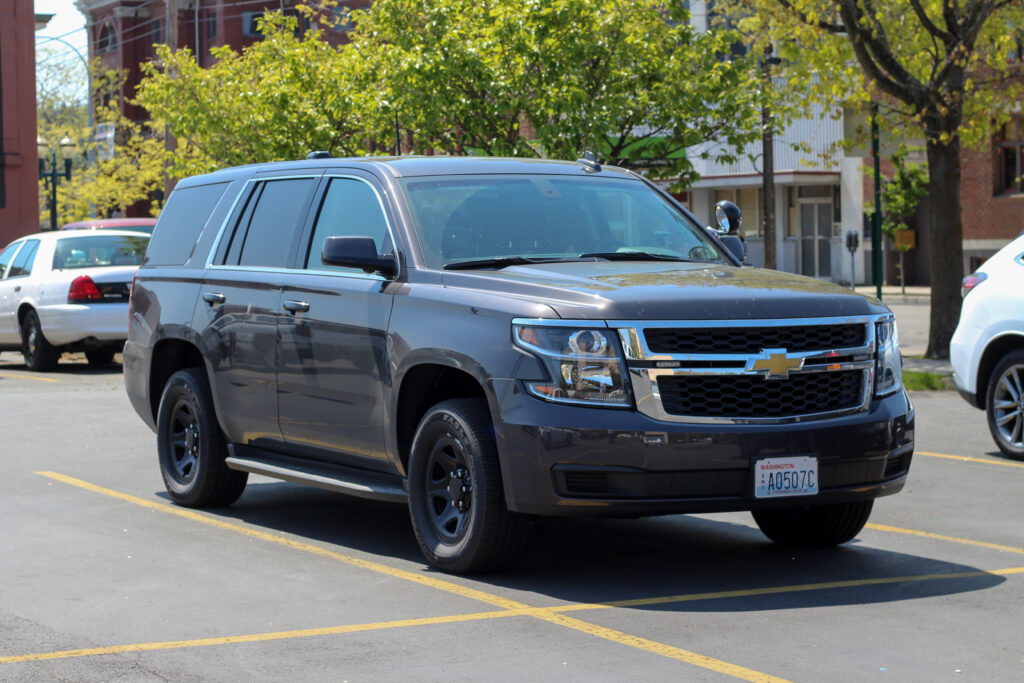
1. **The Persistent Problem of Screen Freezing and Lagging**Few things are as instantly frustrating as an infotainment screen that simply refuses to cooperate. Whether it’s a delayed response when you tap through menus or a complete freeze that renders the display useless, this is arguably the “most commonly reported concern among Chevy owners.” This issue often rears its head when the system attempts to juggle too many commands simultaneously, struggling to process the workload.
Drivers may find themselves tapping repeatedly at an unresponsive interface, hoping for a magical awakening that rarely comes. In severe cases, a “complete freeze that requires restarting the vehicle to reset the system” becomes the only temporary solution. These interruptions aren’t merely annoying; they can actively “reduce convenience” and, more critically, “create distractions while driving,” pulling your attention away from the road ahead.
While “software updates released by the manufacturer address such glitches” in many instances, persistent sluggishness or repeated freezing can signal something more profound at play. It might indicate “deeper system faults that require diagnostic testing,” pushing the problem beyond a simple software hiccup. Understanding this distinction is key to knowing whether a DIY fix is on the horizon or if a professional intervention might be necessary.
Read more about: Navigating Market Volatility: Identifying Risky Platforms and Building a Resilient Portfolio Before the Next Crash
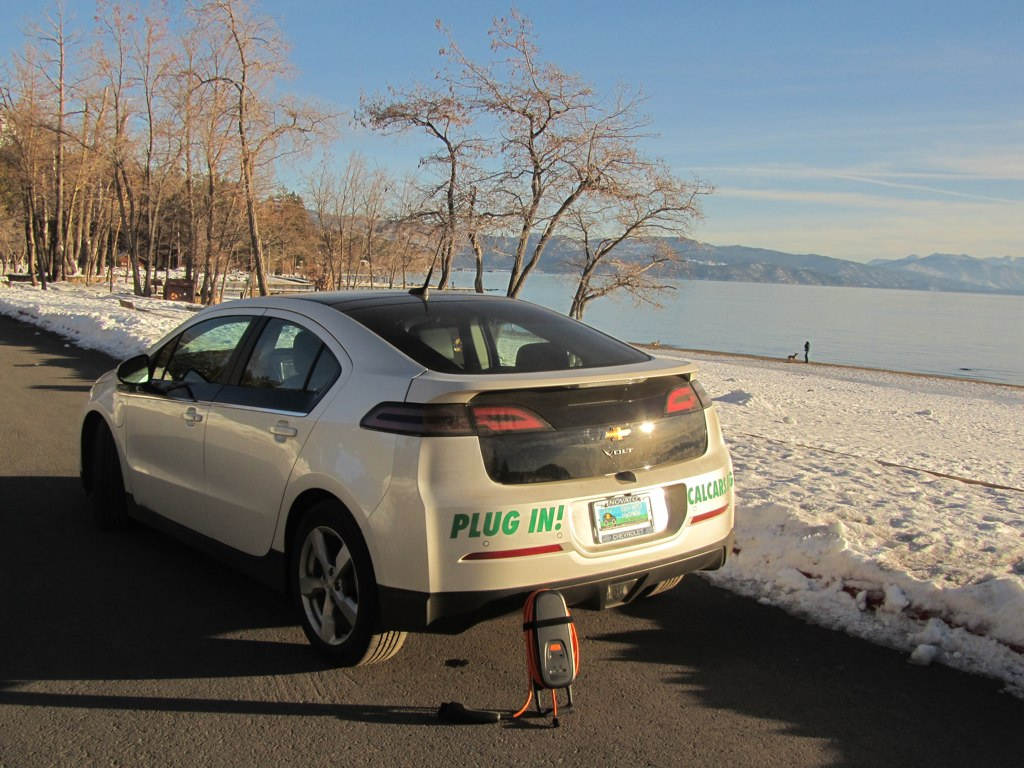
2. **Navigating Bluetooth and Connectivity Headaches**In an age where hands-free communication and streaming audio are practically necessities, Bluetooth connectivity issues can turn a pleasant drive into a maddening ordeal. “Another frequent frustration involves Bluetooth connectivity,” an issue that strikes at the heart of convenience for many Chevy owners who “rely on Bluetooth for hands-free calling and audio streaming.” When these connections falter, the “driving experience” is undeniably “disrupt[ed].”
The symptoms are all too familiar: “dropped calls, inability to pair devices, or poor audio quality once connected.” These aren’t just minor annoyances; they undermine the very safety features designed to keep your hands on the wheel and your focus on the road. Imagine a crucial call cutting out mid-sentence or your favorite podcast suddenly going silent—it’s enough to test the patience of any driver.
Sometimes, these difficulties can be traced back to “compatibility conflicts between certain smartphones and the infotainment system,” a classic battle of evolving tech. Other times, the culprit is “outdated firmware within the vehicle.” Simple actions like “resetting the system or deleting and re-pairing devices can resolve minor issues,” but recurring failures suggest a need for a “dealership update or hardware inspection to restore stable functionality.” It’s a persistent cat-and-mouse game between your car and your phone.
Read more about: Upgrading the PC? 12 Gaming Peripherals We’re Definitely Bypassing for Productivity.
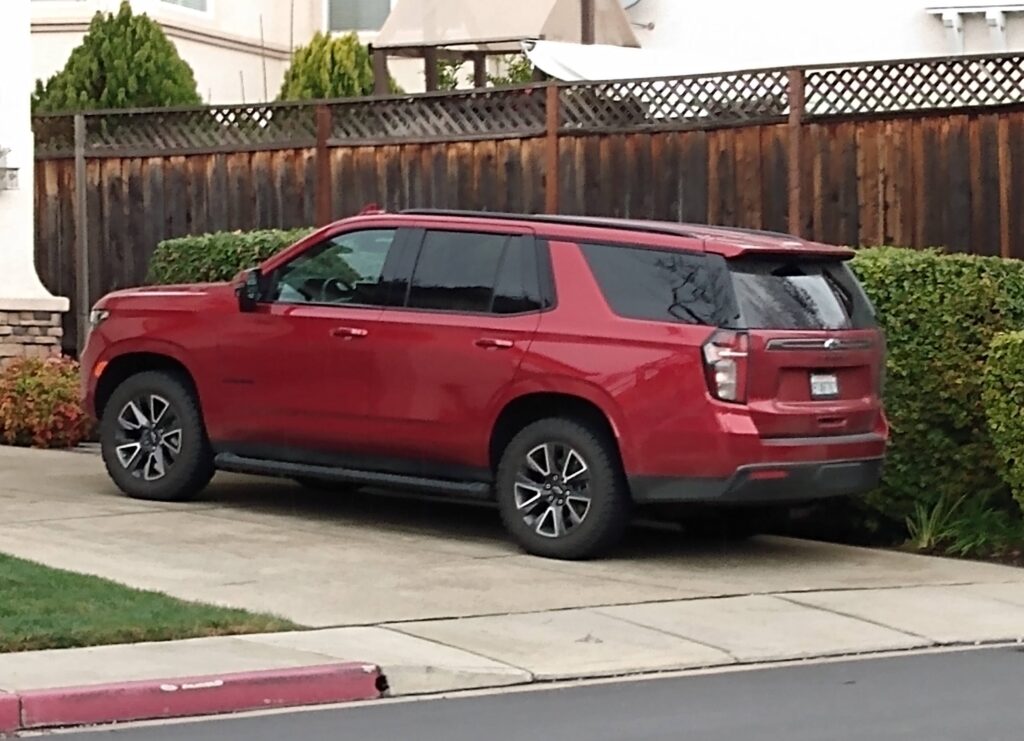
3. **The Perils of Software and Update Failures**At its core, a car’s infotainment system is a complex piece of software, and like any digital platform, it’s susceptible to errors, especially during critical update processes. “Chevy’s infotainment system relies heavily on software, and like any digital platform, it can encounter errors during updates.” This vulnerability manifests in several concerning ways, from “incomplete installations” to “failed updates” and “sudden system reboots after applying new patches.”
When these updates, meant to enhance and secure the system, instead falter, the consequences can be significant. Drivers have “reported missing features, navigation errors, or even loss of saved preferences” as a direct result. It’s a frustrating paradox: the solution meant to fix bugs introduces new ones, leaving users in a worse state than before they started the update process.
Mitigating these risks involves “ensuring the vehicle is connected to a strong data source during updates,” a seemingly simple step that can prevent a world of hurt. If an update goes awry, “dealerships perform manual updates or resets to correct corrupted software.” While such issues are “inconvenient,” addressing them “promptly is important to prevent cascading issues that affect multiple functions” across the entire infotainment suite.
Read more about: The 11 Grim Realities: Why You Should Absolutely Never ‘Chip Tune’ Your Cheap Car

4. **Audio and Display Malfunctions: More Than Just Annoyances**Beyond the connectivity and software woes, the fundamental sensory outputs of the infotainment system—audio and display—can themselves become sources of major frustration. “Audio and display malfunctions remain a frequent complaint” among Chevy drivers. The experience can range from the subtly irritating to the profoundly disruptive, impacting both entertainment and critical driving information.
Imagine “distorted sound quality, speakers cutting in and in, or inconsistent volume control” marring your favorite road trip playlist. On the visual front, “flickering screens, blackouts, or unresponsive touch commands” can make the system practically unusable. These issues are not just minor glitches; they directly impede the core functions of the infotainment unit, transforming a source of convenience into a source of constant irritation.
Diagnosing these specific hardware-related problems often requires a more intrusive approach. The text notes that “these issues often stem from faulty wiring, defective components, or heat-related damage.” Unlike software bugs, which can sometimes be patched remotely, these physical ailments frequently demand “professional inspection,” with “hardware replacement” sometimes emerging as “the only solution.” This highlights the deeper, more costly potential for issues beyond software fixes.
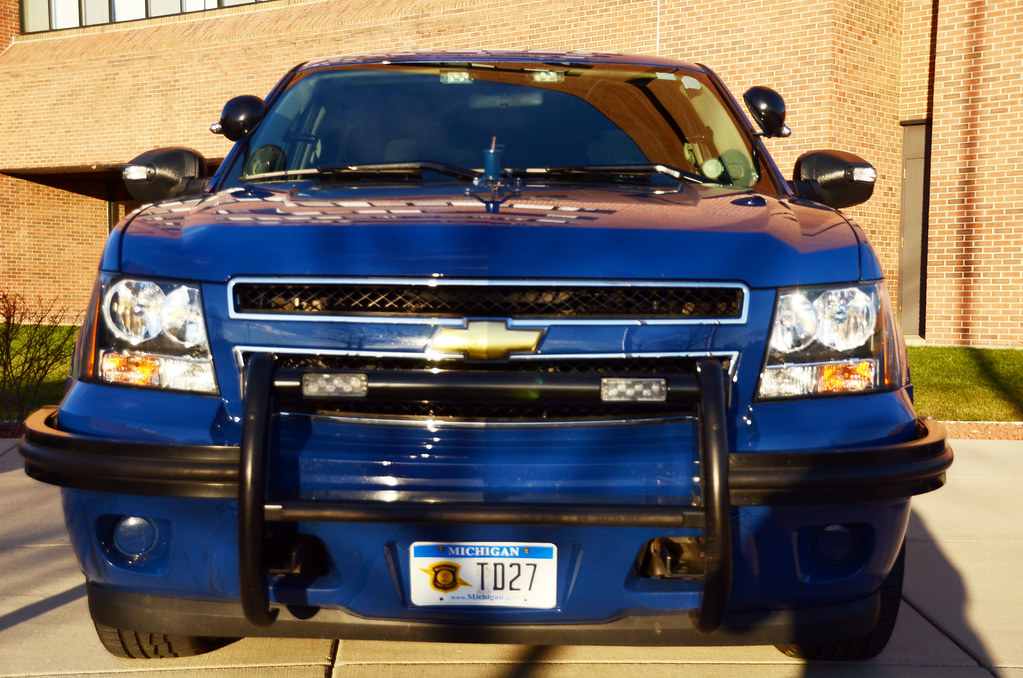
5. **Why Your Infotainment System Needs a Reset: The Core Reasons**Before diving into *how* to reset, it’s crucial to grasp *why* a reset is often the go-to solution for many infotainment system woes. Modern car systems are intricate digital ecosystems, and like any computer, they sometimes need a fresh start. “Understanding the reasons for resetting can help ensure a smooth driving experience” by targeting the root cause of the system’s misbehavior.
“Software Glitches” are perhaps the most common trigger. “Infotainment systems run complex software,” and like any digital code, “Glitches can freeze or crash the system.” A reset acts as a digital broom, “clearing these temporary issues, restoring normal function.” It’s the equivalent of turning your home computer off and on again when it gets stuck.
Beyond general glitches, resets specifically address “Connectivity Problems” where “devices may not pair or stay connected.” They also combat “Slow System Response,” which manifests as “Delayed touch responses or lagging menus,” rejuvenating performance. “Navigation Errors” can be rectified as “resetting the infotainment system can refresh navigation data, enhancing accuracy.” Finally, “Audio Malfunctions,” such as “distorted sound or no sound,” often find a quick fix through a system reset, ensuring “a clear listening experience.”
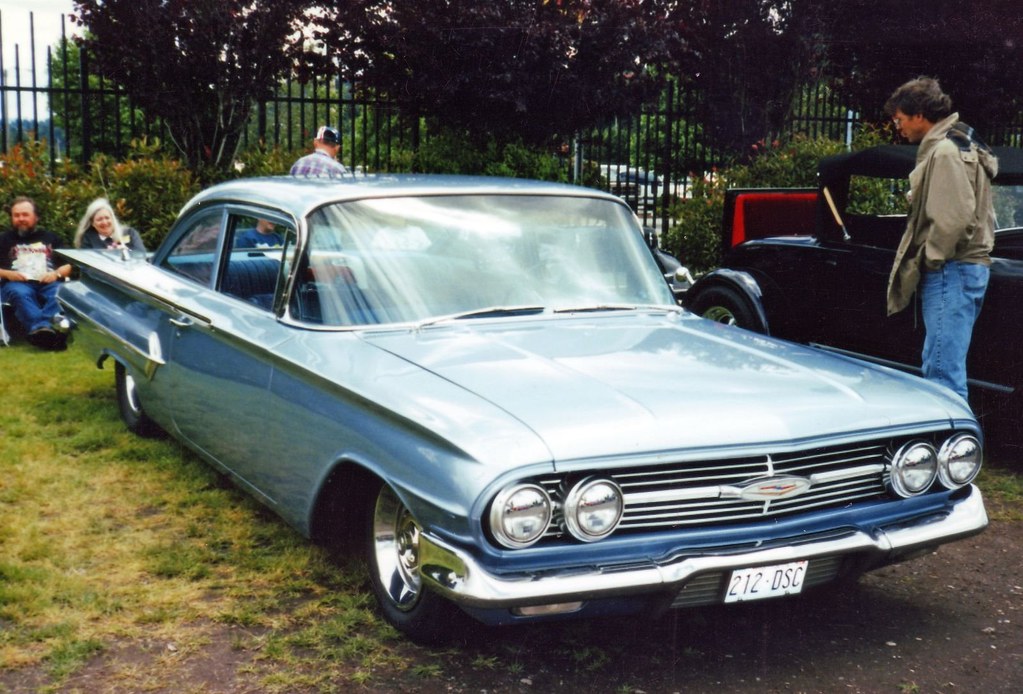
6. **Essential Preparation: Backing Up and Staying Safe Before a Reset**While a reset can be a digital panacea, rushing into it without proper preparation can lead to unintended consequences. Just as you wouldn’t perform major car maintenance without the right tools and precautions, preparing for an infotainment system reset is paramount. “Before you begin, ensure you are well-prepared. This involves backing up important data and gathering necessary tools.”
“Backup Important Data” is the first critical step. “This includes contacts, music playlists, and navigation settings.” Imagine losing all your saved destinations or radio presets! “Losing this information can be frustrating,” making a “USB drive or cloud storage for backups” an invaluable safeguard. This simple foresight “prevents data loss during the reset,” saving you significant hassle later.
Safety, however, transcends data. “Before resetting your car infotainment system, ensure the vehicle is parked safely. Disconnect the battery to avoid electric shock.” This is particularly vital for hard resets. “Always wear safety gloves and goggles” when dealing with the battery, as these items “protect you from accidental sparks or battery acid.” It’s also crucial to “avoid Electrical Hazards” by “working in a dry environment” and using “insulated tools” to prevent serious harm or damage. Your vehicle’s manual is your best friend here, providing “model-specific instructions” and outlining “how to locate reset buttons.”

7. **Soft Resetting Your Chevy: The First Line of Defense**When your Chevy’s infotainment system starts acting up, the soft reset is your initial, non-destructive, and often highly effective, course of action. Think of it as a gentle nudge rather than a full system overhaul. “Soft resets fix everyday problems, such as unresponsive screens, Bluetooth disconnecting, audio issues, and navigation glitches. It should be the first thing you try when fixing common issues.”
For most MyLink and IntelliLink systems, especially when the screen is completely frozen, “Press and hold both the ‘Home’ and ‘Fast Forward’ buttons simultaneously.” Keep holding for “about 10 seconds” until “The screen will go blank when successful.” After a brief moment, the “system will reboot,” usually within “1-3 minutes.” This method forces a reboot “without changing your saved settings,” making it remarkably convenient.
Newer Chevy models featuring “Google Built-In Systems” (2022 and newer) often require a slightly different approach: “Press the power button on the infotainment system” and “Hold it down for about 15 seconds.” You’ll then “Wait for Google services to reconnect after restart,” which might take a bit longer due to cloud integration. For specific models like the Malibu (2016-2019), the procedure involves holding “the volume knob and home button simultaneously for 10 seconds” until the screen goes blank and restarts. The best part about soft resets is their harmless nature; “It won’t erase your saved stations or paired devices—it just clears the temporary memory.” It’s truly “the digital equivalent of the universal tech fix: turning it off and on again.”
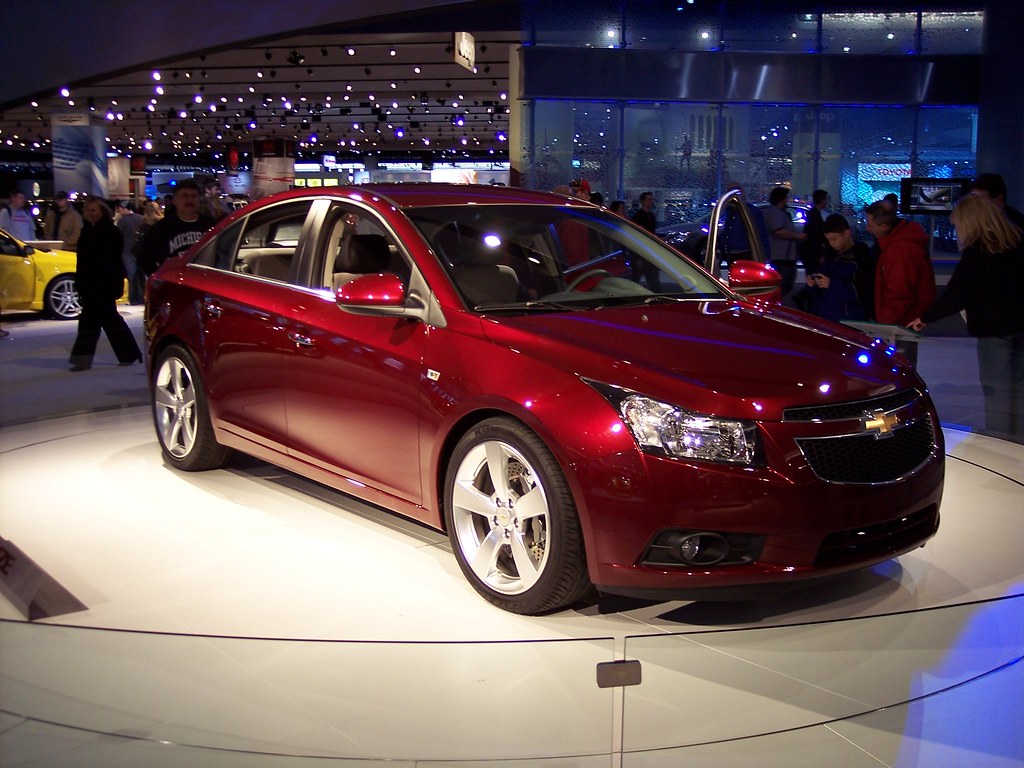
8. **The Complete Power Cycle Method: A Deeper Digital Reboot**When softer fixes merely tickle the surface of a persistent problem, your Chevy’s infotainment system sometimes demands a more profound digital cleanse. Beyond the quick reboot of a soft reset, the “complete power cycle method” offers a non-destructive yet highly effective way to flush out deeper-seated temporary glitches. Think of it as a thorough system shutdown and restart, ensuring all underlying components fully depower, much like a full shutdown for your home computer when it acts finicky.
Executing a complete power cycle is straightforward, yet it requires a brief moment of patience to ensure its efficacy. You’ll start by turning off your vehicle completely, making sure the engine is fully disengaged. The next crucial step involves exiting the vehicle and meticulously closing all doors. This might seem like a small detail, but it’s essential; modern cars often keep systems in a low-power state even when the engine is off, and closing the doors helps ensure a complete system shutdown.
Once outside the vehicle with all doors secured, you’ll need to wait for a full two to three minutes. This waiting period is not arbitrary; it allows for any residual power within the infotainment system’s capacitors and memory to completely dissipate. It guarantees that when the system eventually restarts, it’s truly beginning from a cold boot, devoid of any lingering erroneous data or corrupted temporary files that might have been causing the hang-ups.
After this brief but vital waiting game, simply return to your vehicle and start the engine. Allow the infotainment system ample time to boot up fully, observing its behavior as it initializes. Many owners report this method to be incredibly effective for those frustrating, persistent issues that soft resets just couldn’t quite resolve, offering a cleaner slate without the drastic data loss associated with a factory reset. It’s a powerful tool in your troubleshooting arsenal, bridging the gap between a quick fix and a last-resort overhaul.
Read more about: Buyer Beware: Unpacking 14 Smart TV Glitches That May Not Make It to Five Years
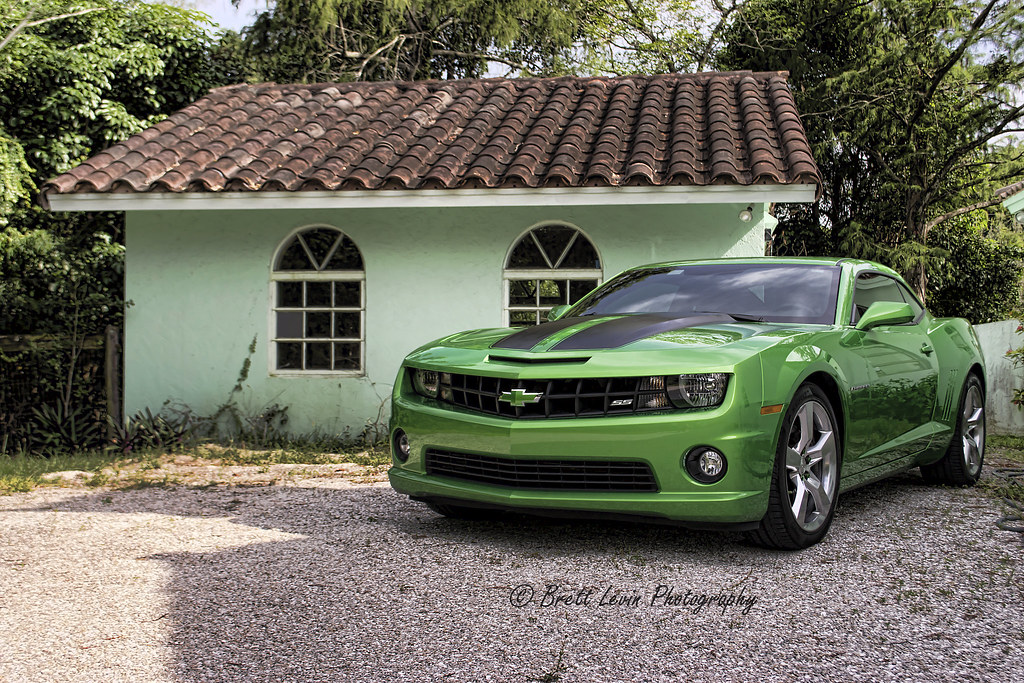
9. **Hard Reset: The Nuclear Option for Stubborn Glitches (Factory Reset)**When the “complete power cycle” still leaves you with a sluggish or misbehaving infotainment system, it’s time to consider the “complete factory reset.” This isn’t a decision to be taken lightly, as it represents a more drastic, “nuclear option” for those deeply embedded, stubborn problems that simpler troubleshooting steps simply can’t dislodge. It essentially wipes the slate clean, returning your entire infotainment system to its original, out-of-the-box settings, free from any user-introduced customizations or potentially corrupt data.
Initiating a factory reset, thankfully, doesn’t usually involve wrenches or battery cables; it’s typically performed directly through the system’s interface, assuming your touchscreen is at least somewhat responsive. You’ll need to navigate to the “Settings” menu, a familiar starting point for any significant system adjustments. Within this menu, you’ll look for an option akin to “Return to Factory Settings,” which may then offer further choices like “Restore All Settings” or specifically “Factory Reset.” Confirmation will usually be required to prevent accidental data erasure.
The critical caveat with this powerful solution is significant: “this will erase all your personal settings.” This isn’t just a minor inconvenience; it means saying goodbye to all your saved contacts, meticulously curated music playlists, cherished navigation destinations, paired Bluetooth devices, and any personalized display or audio preferences. Every aspect of your system that you’ve tailored will revert to its default state, necessitating a complete re-configuration of your digital driving companion.
Despite the data sacrifice, a factory reset is often the definitive solution for deep software conflicts, major update failures that corrupted the system, or a crucial step if you’re preparing to sell your vehicle and need to completely wipe all personal data. It’s a clean break, severing ties with any past software anomalies and offering a fresh start that often resolves issues other methods can’t touch. Just ensure you’ve backed up anything irreplaceable before proceeding.

10. **The Battery Disconnect Method: The Ultimate Hardware Refresh**When all software-based solutions—from soft resets to factory resets—have proven futile against a truly unyielding infotainment system, the “battery disconnect method” stands as the ultimate, albeit most invasive, troubleshooting frontier. This “nuclear option” goes beyond merely restarting the infotainment system; it completely severs power to *all* vehicle electronics, forcing a total, hardware-level reboot. It’s the equivalent of pulling the plug from a wall-mounted computer, ensuring every single electronic component, including the infotainment unit, gets a hard, cold reset.
However, embarking on this path demands meticulous attention to safety. Before anything else, ensure your vehicle is “parked on level ground and shut everything off,” with the ignition completely disengaged. Given that you’ll be working directly with the car’s electrical system, donning “safety gloves and goggles” is not merely a suggestion, but a “crucial safety measure” to protect against accidental sparks or corrosive battery acid. Always work in a dry environment and use “insulated tools” to mitigate “electrical hazards.”
The procedure itself involves locating your vehicle’s battery under the hood. Once identified, you’ll need to “use a wrench to remove the negative cable first.” This is a vital step, as disconnecting the negative terminal before the positive helps prevent accidental short circuits. After removal, ensure the negative cable is kept “from touching metal for 15 minutes.” This crucial waiting period allows any residual electrical charge within the vehicle’s various electronic control units to fully dissipate, guaranteeing a truly comprehensive power cycle.
After the elapsed time, carefully “reconnect the cable tightly” to the negative terminal. Close the hood, start your car, and allow extra time for the entire system, including the infotainment unit, to initialize and recalibrate. Be prepared for a full electronic reset; as GM Authority notes, “this method can fix even the most stubborn infotainment issues, though it will reset all electronic preferences in your vehicle.” Like a factory reset, you’ll “lose your presets and settings,” necessitating a re-configuration of everything from radio stations to clock settings. It’s a powerful fix, but one reserved for true last-resort scenarios and undertaken with utmost caution.

11. **Tackling Specific Troubles: Bluetooth and Smartphone Integration Failures**In our connected world, the integrity of your Chevy’s Bluetooth and smartphone integration isn’t just about convenience; it’s fundamental to safe, hands-free operation and seamless media enjoyment. Few things are as instantly maddening as “dropped calls, inability to pair devices, or poor audio quality once connected,” issues that can severely “disrupt the driving experience” and even undermine critical safety features designed to keep your focus on the road. When these connections falter, a targeted approach is often more effective than a general system reset alone.
For persistent Bluetooth woes, a multi-pronged attack typically yields the best results. Begin by performing a thorough digital purge: “Delete your phone from the car’s paired devices list” within the infotainment system, and reciprocate by “Remove your car from your phone’s Bluetooth devices.” This clears any potentially corrupted pairing data on both ends. Following this, a “settings menu reset focusing on ‘Restore Radio Settings'” can help refresh the infotainment unit’s communication modules. Only then should you “Re-pair your phone following the on-screen instructions,” and immediately “Test the connection with a call or audio playback” to confirm stability.
When Apple CarPlay or Android Auto refuse to cooperate, the culprits can often be surprisingly simple. Start by ensuring your phone’s software is completely up to date, as compatibility conflicts with “outdated firmware within the vehicle” or older smartphone operating systems are surprisingly common. A frequent, yet often overlooked, cause lies with the physical connection: “Try a different USB cable (damaged cables are a common culprit).” Inferior or frayed cables can lead to intermittent data transfer, manifesting as connection drops or complete failures.
Should these initial checks not resolve the issue, escalate to a “button combination reset on your infotainment system” to refresh its processing of integrated services. Simultaneously, “Restart your phone completely,” giving both devices a clean boot before attempting to “Reconnect and test the integration” once more. By systematically addressing both the vehicle’s system and your smartphone, you significantly increase your chances of restoring that seamless digital bridge between your car and your personal tech.
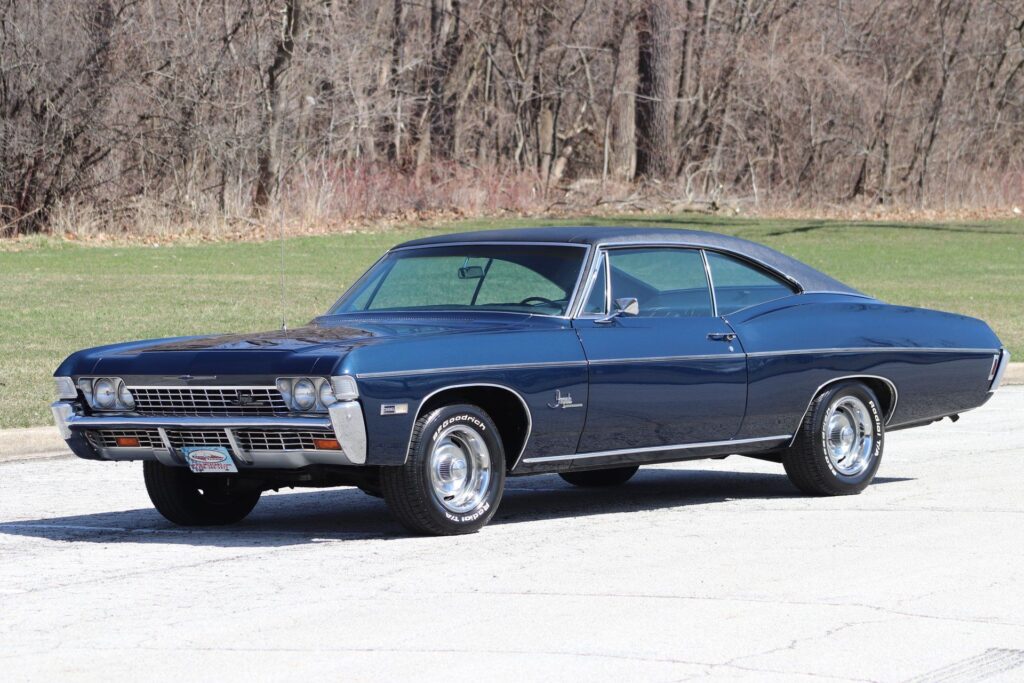
12. **Post-Reset Prowess: Reconfiguring Your System for Optimal Performance**Successfully resetting your Chevy’s infotainment system, whether through a soft reboot or a more drastic factory wipe, is a significant victory against digital frustration. However, the journey doesn’t end there. A reset often means your system has reverted to its pristine, factory default state, stripped of your personal touches. The crucial next phase involves reconfiguring everything to ensure your digital driving companion is tailored precisely to your preferences and operating at peak efficiency. This step is about reclaiming your personalized experience.
The initial re-configuration begins with the fundamentals. First, “adjusting basic settings like language and time” will make the system immediately more user-friendly. From there, dive into customizing the sensory experience: “Customize audio and display settings to your preference,” adjusting brightness, contrast, sound profiles, and equalizer settings to match your listening and viewing habits. These small tweaks profoundly impact the daily interaction with your vehicle’s digital interface, transforming it back from a generic unit into your personalized hub.
Next, focus on reconnecting your essential devices and restoring your digital footprint. You’ll need to “Check connectivity settings for Bluetooth and Wi-Fi” to ensure that your system is ready to establish seamless connections. This immediately leads to “Reconnect Bluetooth devices” and painstakingly “Re-enter radio presets and favorites.” Losing your meticulously curated playlists or preferred stations can be a minor annoyance, but restoring them swiftly brings back a sense of familiarity and enjoyment to your drives.
Finally, for those who rely heavily on integrated smartphone functionalities, it’s time to “Set up Apple CarPlay or Android Auto again.” This often involves re-pairing your phone and confirming permissions, ensuring your apps and navigation integrate smoothly onto the dashboard. Don’t forget to “Reconfigure any custom vehicle settings” that might have been affected, and critically, “Update the system software if prompted.” This ensures that your freshly reset system immediately benefits from the latest stability improvements and feature enhancements, safeguarding against future glitches from the outset.

13. **Proactive Protection: Preventative Maintenance Strategies for Your Digital Dashboard**While mastering reset techniques is undeniably empowering, the ultimate goal for any tech-savvy driver is to minimize the need for such interventions in the first place. Shifting from a reactive troubleshooting mindset to a proactive preventative maintenance strategy is key to ensuring your Chevy’s infotainment system remains a reliable and seamless part of your driving experience. Think of it as giving your digital dashboard the ongoing care it deserves, akin to regular oil changes for the engine.
At the forefront of preventative care are “Regular Software Updates.” These aren’t just about new features; they are vital “health check-ups” that “fix bugs, improve performance, and sometimes add new features.” Ignoring them is like leaving your computer vulnerable to known vulnerabilities. Make it a habit to “Check for updates monthly in your System or Software menus.” When an update is available, “Make sure your vehicle has a strong internet connection during updates” and “Don’t turn off your vehicle during the update process” to prevent catastrophic corruption. These simple steps dramatically “reduce your chances of experiencing software glitches.”
Beyond updates, optimizing the system’s operational environment is crucial. Avoid “overloading the system with too many apps running simultaneously.” Just like your smartphone, an infotainment unit has finite processing power and memory; juggling too many tasks can lead to lag and freezes. Cultivate the habit of “Regularly clear old or unused data from the system memory” to free up resources. Furthermore, always “Allow the system to fully boot before trying to use complex features” like navigation or phone projection, giving it a stable foundation to operate from.
Physical maintenance and smart usage also play a significant role. Your touchscreen is a sensitive piece of hardware; “Clean your touch screen with just a damp microfiber cloth, not glass cleaners that damage the screen coating.” Extreme temperatures can stress electronics, so “Protect your system from extreme temperatures with window shades” when parked in direct sunlight. Lastly, always “Use only Chevy-compatible accessories to avoid glitches,” as off-brand devices can introduce unexpected electrical or software conflicts. A little vigilance now can save a lot of frustration later.

14. **Decoding Chevy’s Digital Brains: An Overview of Infotainment Systems**Understanding which specific infotainment system powers your Chevy is more than just trivia; it’s a foundational piece of knowledge that informs everything from optimal usage to effective troubleshooting. Over the years, Chevrolet has evolved its in-car digital offerings, introducing distinct platforms that each come with their own characteristics and ideal interaction methods. Knowing whether you have a MyLink, Infotainment 3, or Google Built-In system equips you with the tailored insights needed to truly master your digital driving companion.
The era of “MyLink Systems (2011-2019)” defined a generation of Chevy vehicles. These were the pioneers of integrated connectivity, common throughout the 2010s. Characterized by a “more traditional interface with physical buttons alongside the touchscreen,” they offered a blend of tactile and digital controls. For these systems, the familiar “button combination reset method”—typically holding ‘Home’ and ‘Fast Forward’—is often the most effective solution for minor glitches, representing the intuitive troubleshooting for a foundational, yet capable, platform.
As technology progressed, Chevrolet introduced the “Infotainment 3 Systems (2019-2021).” This generation marked a significant leap forward, featuring a “more smartphone-like interface” that prioritized touch gestures and a cleaner, more app-centric layout. With more advanced features came a slight shift in optimal reset procedures; these systems “often responds best to the settings menu reset option,” allowing for a more granular approach to clearing software issues while navigating through the system’s enhanced digital environment.
The cutting edge of Chevy’s in-car tech currently resides with the “Google Built-In Systems (2022+).” These newest models represent a profound integration of Google’s robust ecosystem, offering advanced voice assistant capabilities, Google Maps, and a wealth of apps directly embedded. Due to their deep cloud integration, these systems “might need slightly longer to reboot after reset as they reconnect to cloud services.” Regardless of the generation, it bears repeating that “Software updates can resolve many persistent issues and add new features,” ensuring your system, old or new, benefits from continuous refinement and enhanced stability, always pushing towards a more seamless driving experience.
Bringing it all together, navigating the complexities of your Chevy’s infotainment system doesn’t have to be a journey fraught with digital frustration. By dissecting the common pitfalls and arming yourself with a comprehensive arsenal of reset techniques—from the gentle soft reboot to the more assertive complete power cycle, or even the ultimate, though cautiously applied, battery disconnect—you empower yourself to conquer most digital dilemmas. Your vehicle’s digital hub is meticulously designed to enhance your drive, not hinder it, and with the detailed insights shared here, you are exceptionally well-equipped to keep it running smoothly, ensuring every journey remains as connected, entertaining, and ultimately, as enjoyable as intended. Stay vigilant, embrace those crucial updates, and keep those digital wheels (and screens) spinning flawlessly.



